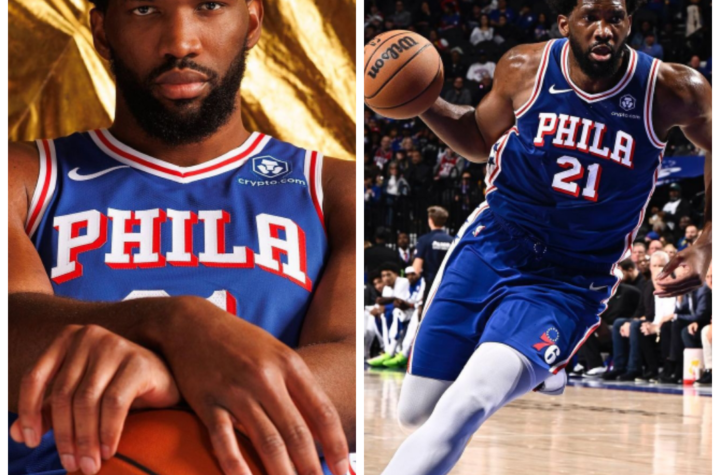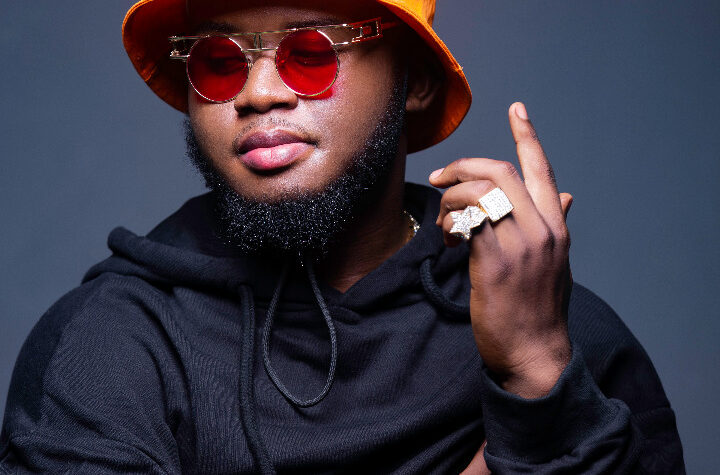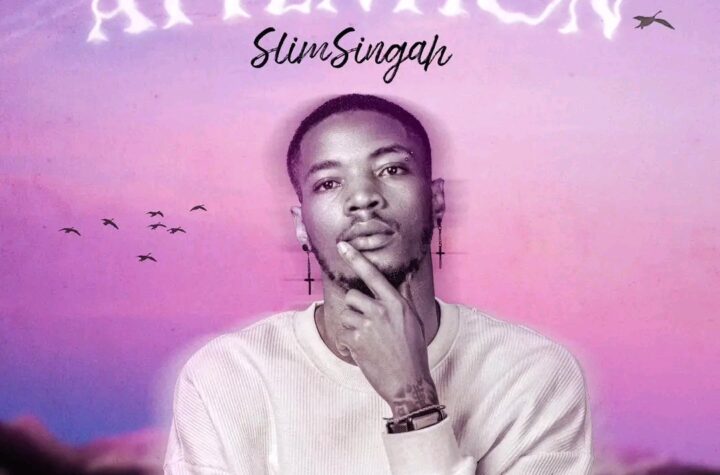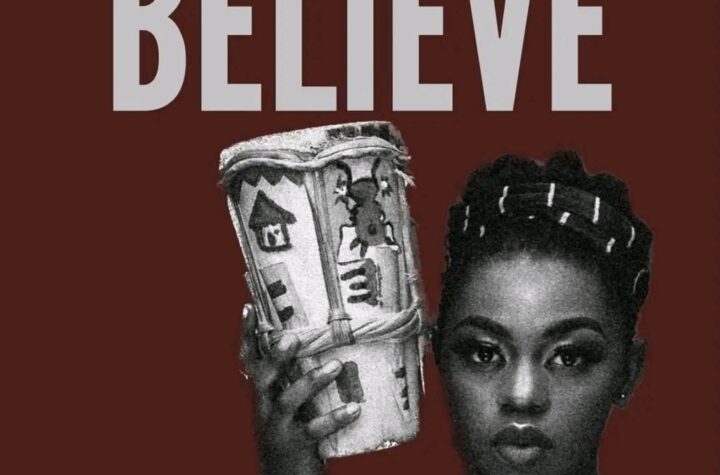Urban artists in Cameroon have been battling it hard for decades to find a unique identity. An identity that will differentiate their music from the popular Nigerian rhythm and parlance which has become considerably popular across Africa. It is absolutely undisputed that Cameroonian artists were heavily influenced by the escalation of the Naija rhythm and style. Songs written and produced by budding Camer artists between 2005-2010 were just a facsimile of Nigerian urban music , on the heels of the emergence of 2 Face, P Square, Faze, African China , 9ice ,2 Shot etc. We could get Nigerian languages and parlance ”Omoge”, ‘Oga”, Chikala’, ‘ Nothing do you”, ”Wettin dey” , ‘Oya”, Ole ‘ etc inherent in Cameroonian songs. Nigerians had discovered their own ”Naija Hip Hop” which is a melange of their local dialects igbo, yoruba , hausa and pidgin .
However, everything happens for a reason. That was definitely an eye-opener to Cameroonian artists, a journey into discovering a peculiarity and richness in African rhythm. Camer urban artists were therefore plunged into understanding that their parlance, slangs and dialects have not yet been exploited. It was and remains a virgin forest!
On the mainstream in Cameroon are songs that can be identified as proudly ”Cameroonian”as you listen to the lyrics of the song. We can today heave a sigh of relief as fans relate to the lyrics of songs by English-speaking Cameroonian acts.
Jovi remains phenomenal for bringing to the spotlight the use of ‘Camer pidgin’ ( renown Cameroonian artist Em’Kal calls it ”Njangaroon pidgin” ) while articulating in his rhymes and punchlines. ”Ask petit them for kwat, I dey for here for helep, … i dey veranda with chelep” is an intonation that gives Cameroonians a sense of identity.
From 2010 to present, there has been an automatic switch from the conventional ‘Naija’ or ‘Etas’ rapstyle to a well defined and unique ‘Camer’ rapstyle. A wide use of Cameroonian parlance are now noticeable . Artists like Magasco make a tuneful referral to ”Ayaba hotel” in Lineloba, ‘Tifman for Kumba Market” , Stanley Enow – ‘Etangti mo mayang in ‘Hein pere’, Steveslil – ”Na ne muet, etchi sairey” in Ebangha , Wax Dey – ”Ma nga” in ‘Number One girl”, Denzyl – ‘Cherie coco esele nika” in ‘Monika’ , Dr Kapt – in ‘disorder” , Marc Eff in ”Ma fontioneur” etc.
An evolution will therefore be inevitable if all Cameroonian artists can explore over 250 languages and cultures in Cameroon to derive more uniqueness and diversity.




More Stories
SLIMSINGAH DROPS NEW EP DUBBED “ATTENTION”
80-20 IN CAMEROON: A GOOD IDEA, BAD APPROACH BY PROPONENTS
HOW ENTERTAINMENT INFORMATION IS CULTURALLY DICHOTOMIZED ON SOCIAL MEDIA IN CAMEROON